 The Perfect Storm.
The Perfect Storm.
The world is heading towards a global food crisis. A number of factors contribute to what could be described as 'A Perfect Storm':
The price of fuel increased dramatically in the past years, thus the cost of food production and transport increased dramatically, pushing the price of food higher than ever before.
Last year, for the first time in many years, the world's food production went into a deficit, pushing up the price of the commodities, based on a supply and demand dynamic, even higher. The US, one of the world's largest food grower, says the grain silos are as empty as in the 70-ies when the then-USSR bought most of the reserves.
Fast growing economies like China pulls people away from rural areas, causing massive urban expansion. A double spin: a smaller agricultural work force and a loss of farm land. China lost an average of 1.23 million hectares of farmland annually in the past years and is now looking for foreign farms because the nation can't feed its 1.3 billion people.
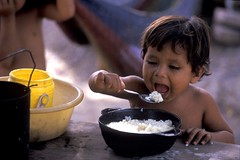 To make matters worse: following the market economy, if there is an expected shortage of supply, and an vastly increased demand, the commodity is speculated upon in the international financial markets with one goal: profit. The futures market is a traditional tool for farmers to sell their harvests ahead of time. In a futures contract, quantities, prices and delivery dates are fixed, sometimes even before crops have been planted. They can buy futures contracts for wheat, for example, at a low price, betting that the price will go up. If the price of the grain rises by the agreed delivery date, they profit. Some experts now believe these investors have taken over the market, buying futures at unprecedented levels and driving up short-term prices. Since last August, this mechanism has led to a doubling in the price of rice. (More)
To make matters worse: following the market economy, if there is an expected shortage of supply, and an vastly increased demand, the commodity is speculated upon in the international financial markets with one goal: profit. The futures market is a traditional tool for farmers to sell their harvests ahead of time. In a futures contract, quantities, prices and delivery dates are fixed, sometimes even before crops have been planted. They can buy futures contracts for wheat, for example, at a low price, betting that the price will go up. If the price of the grain rises by the agreed delivery date, they profit. Some experts now believe these investors have taken over the market, buying futures at unprecedented levels and driving up short-term prices. Since last August, this mechanism has led to a doubling in the price of rice. (More)
High prices, high demand, and a shortage in supply, has driven several government to limit or ban exports in staple food, either to protect its own population, or to ride on a speculation wave. That has led to a sharp reduction of rice available for trade in the global market. For example, in 2007, India and Vietnam, two of the world's biggest rice exporters, reduced their rice shipments. Since then, Cambodia, Egypt, and Brazil have all halted rice exports. Many observers worry that Thailand, the world's largest rice exporter, might jump on the bandwagon. This in its turn will increase the shortage on the international market, and have the prices potentially spiral out of control (More)
In several countries the positive average wealth trend is leading consumers to eat more meat products. Meat products need more vegetable food products to get the same nutritional level as vegetable products. Thus, a shift from human vegetable products to meat, leads to a higher demand of meat production, resulting in an increased demand for vegetable products, staple food for poorer countries.
 The Most Vulnerable Pay the Highest Price...
The Most Vulnerable Pay the Highest Price...
The increased food prices hit the most vulnerable countries the hardest: where people used to survive on the 'edge': Their income is no longer sufficient to feed themselves. International wheat prices in January 2008 were 83 percent higher than a year earlier. Protests turned riots in Bangladesh, Morocco, Mozambique, Venezuela and Burkina Faso last week, will be the first in a long row, showing people simply can not cope with the price increases.
Aid agencies, traditionally able to feed the most vulnerable, are scrambling too: as the fuel prices increased, so did the cost to transport food aid. Add to that the increased price of the food commodities, for the same aid-dollar, less food is being delivered. This will have donors ask questions about the effectiveness of their aid-dollar invested in food aid. There are signs donors are easing away from food aid. Real pessimists state that due to the high inflation (guess what, caused by high fuel prices and sharp price hikes on basic commodities such as food), will decrease the global aid - and not just food aid - significantly this year.
The Outlook is Not Good Either!
Because of the increased fuel prices, and the recent worldwide rally about global warming, the price of biofuel has gone up, having many farmers move away from food production, to a more lucrative biofuel production. The U.S. is now using more corn for the production of ethanol than the entire food crop in Canada.
This takes away a lot of resources (land, assets, production and distribution capacity) from the food production, not only in the West, but even in food deficit countries in Africa and Asia. Less food being produced once again pushes the prices even higher.
On top of record-breaking rice prices and corn, a warning is circulating amongst financial investors that this is just the beginning: a wheat fungus, known as Ug99, first discovered in Uganda in 1999, is spreading across the African continent and beyond. The fungus has the potential to wipe out a large part of the global wheat crop, prices of food commodities on the futures market spiked, causing panic buying. This in itself chases prices even higher. (Full)
 The global warming has shifted weather patterns, causing more natural disasters: tropical cyclones causing vast flooding hit Central America, Africa and Asia harder than ever before. Winters are harsher and longer in Central and South Asia. Dry spells bring longer periods of droughts cause crops to dry up, and cattle to die.
The global warming has shifted weather patterns, causing more natural disasters: tropical cyclones causing vast flooding hit Central America, Africa and Asia harder than ever before. Winters are harsher and longer in Central and South Asia. Dry spells bring longer periods of droughts cause crops to dry up, and cattle to die.
True, the Kyoto Protocol tries to put an end to the global warming caused by the Greenhouse Effect. But there is a nasty tail to the story: those countries which emit too much carbon, can purchase "carbon credits" to offset their "carbon emission deficit". A country can 'create' carbon credits, amongst others, by planting forests. Some say "Carbon Credits" will become a precious trading commodity (example), pushing countries to plant forests. In principle this is a good thing. The fear however is that, as the price of Carbon Credits will increase, more and more fertile agriculture land will be used to plant forests, once again decreasing the food production, further driving the price and world hunger up...
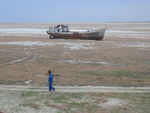 Roughly one tenth of the earth’s land surface is used to produce crops. Two tenths is grassland of varying degrees of productivity. Another two tenths is forest. The remaining half of the land is either desert, mountains, or covered with ice. The area in desert is expanding, largely at the expense of grassland and cropland. Deserts are advancing in Africa both north and south of the Sahara and throughout the Middle East, the Central Asian republics, and western and northern China. As an example: Nigeria, Africa’s most populous country, is losing 351,000 hectares of rangeland and cropland to desertification each year. (More)
Roughly one tenth of the earth’s land surface is used to produce crops. Two tenths is grassland of varying degrees of productivity. Another two tenths is forest. The remaining half of the land is either desert, mountains, or covered with ice. The area in desert is expanding, largely at the expense of grassland and cropland. Deserts are advancing in Africa both north and south of the Sahara and throughout the Middle East, the Central Asian republics, and western and northern China. As an example: Nigeria, Africa’s most populous country, is losing 351,000 hectares of rangeland and cropland to desertification each year. (More)
And last but not least:
The world's population is expected reach 9 billion by 2050, a growth, of almost 50% compared to today, concentrating mostly in the less developed countries.
More demand for food, less production, higher prices. A vicious circle, felt the hardest in developing countries. How can this cycle be broken?
Update Jan 26 (one day after posting this): Worldwide wheat prices rose by 25% in one day to an all-time record high
Pictures courtesy WFP (Evelyn Hockstein, R.Chalasani, Lou Dematteis) and National Geographic. Graph courtesy The Economist
Read the full post...
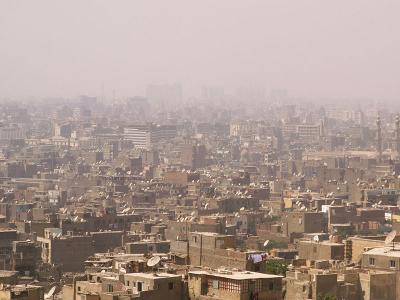
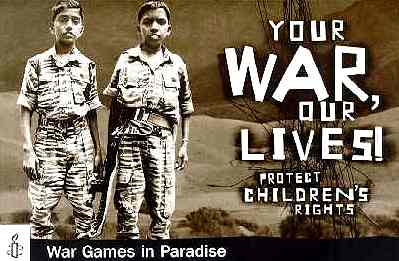


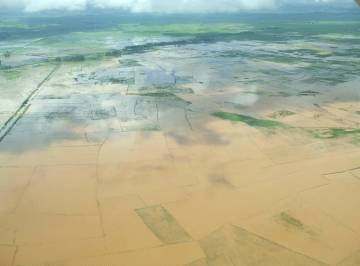

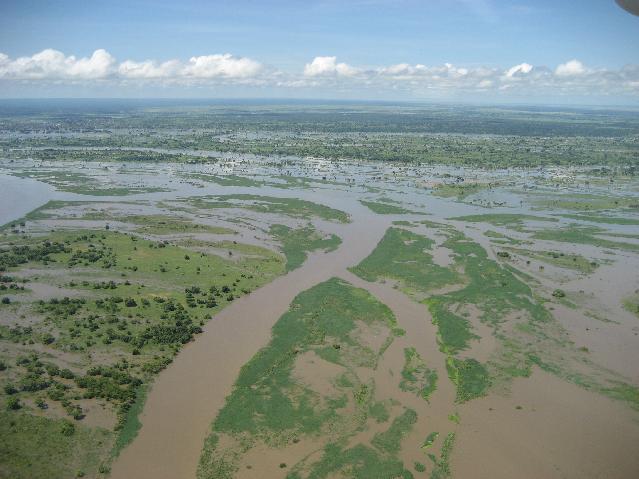


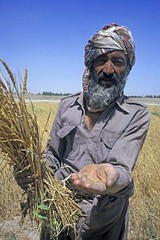
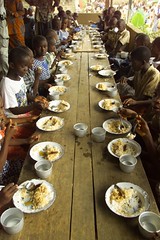
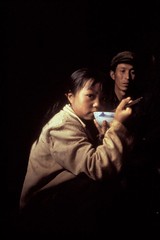

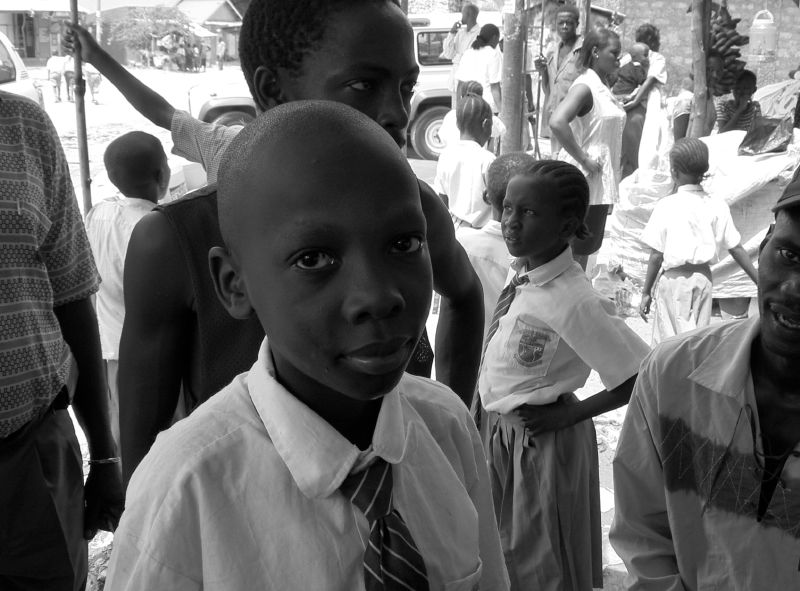

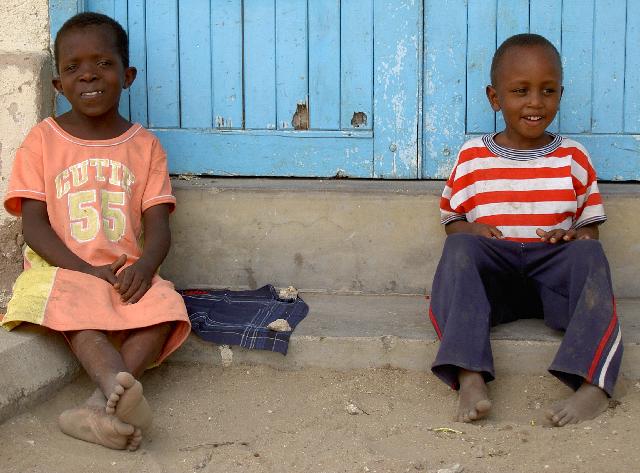







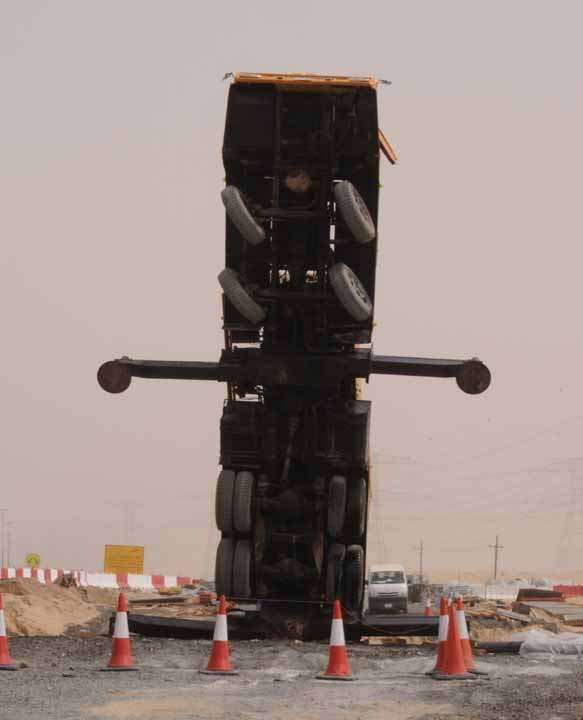
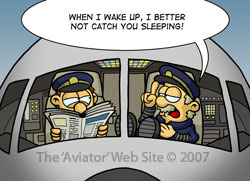
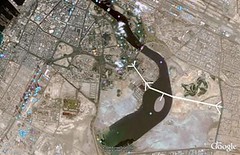


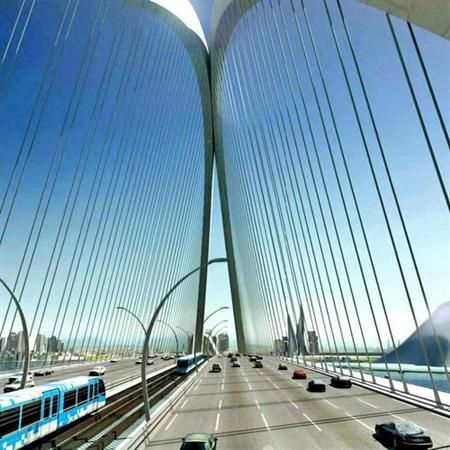
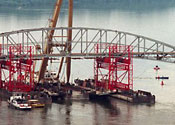
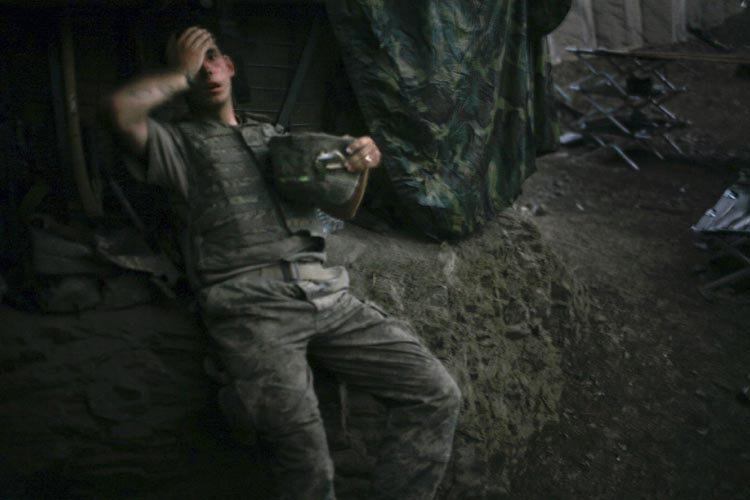
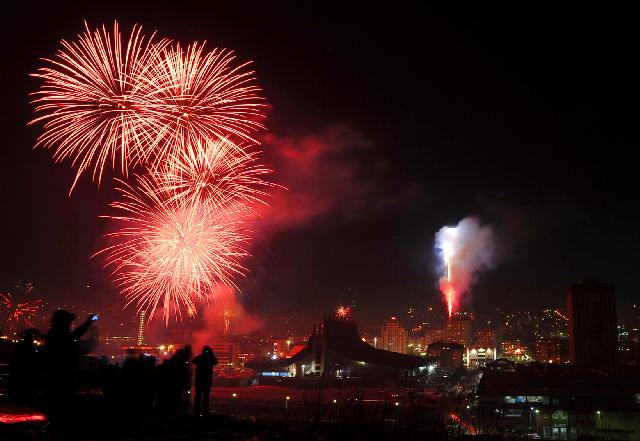




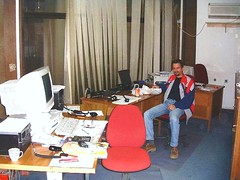





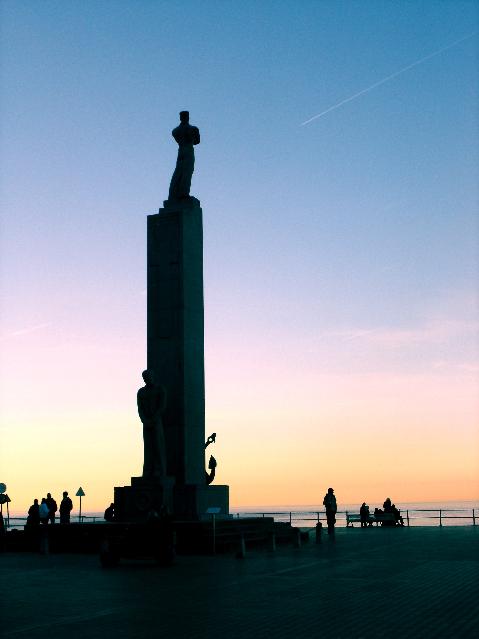
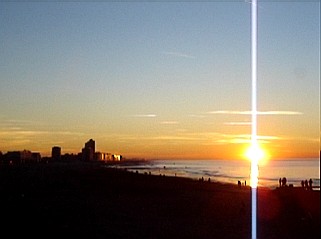
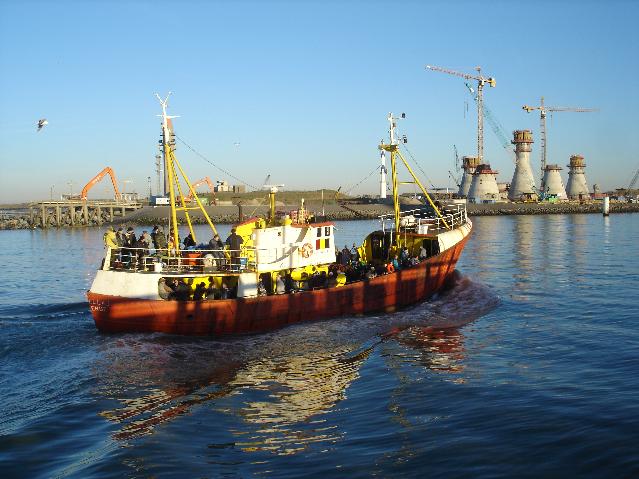
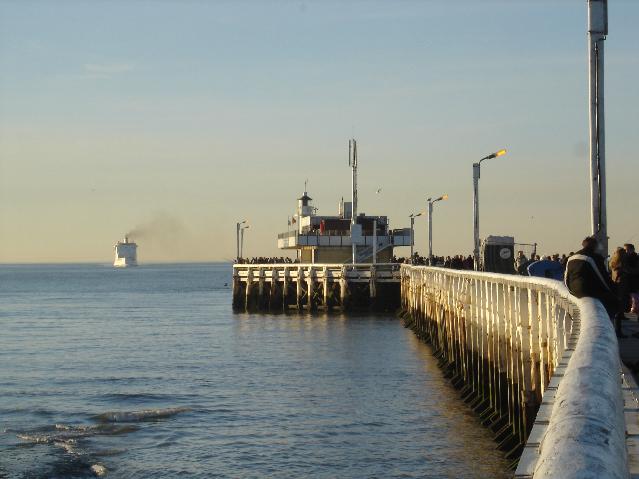
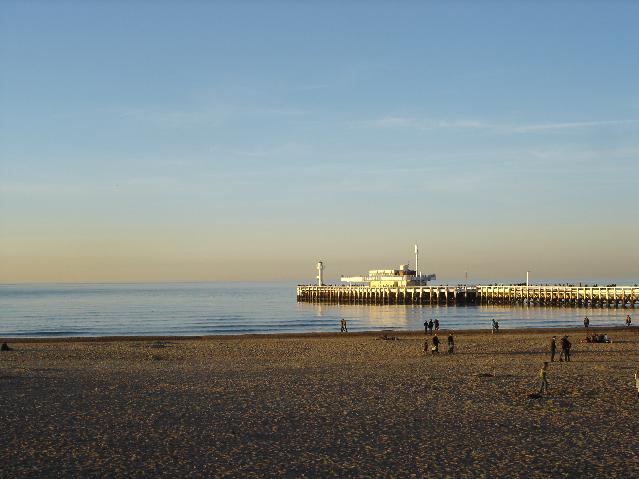
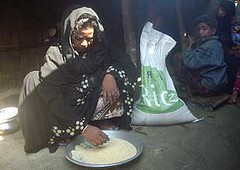
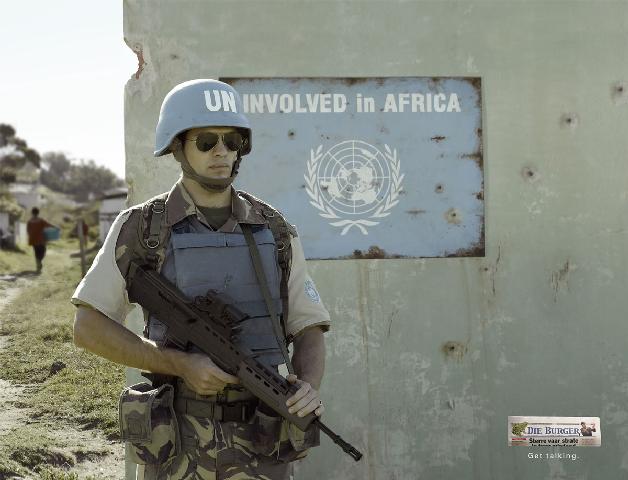

 Peter. Flemish, European, aid worker, expeditioner, sailor, traveller, husband, father, friend, nutcase. Not necessarily in that order.
Peter. Flemish, European, aid worker, expeditioner, sailor, traveller, husband, father, friend, nutcase. Not necessarily in that order.
The Road's Dashboard
Log in
New
Edit
Customize
Dashboard